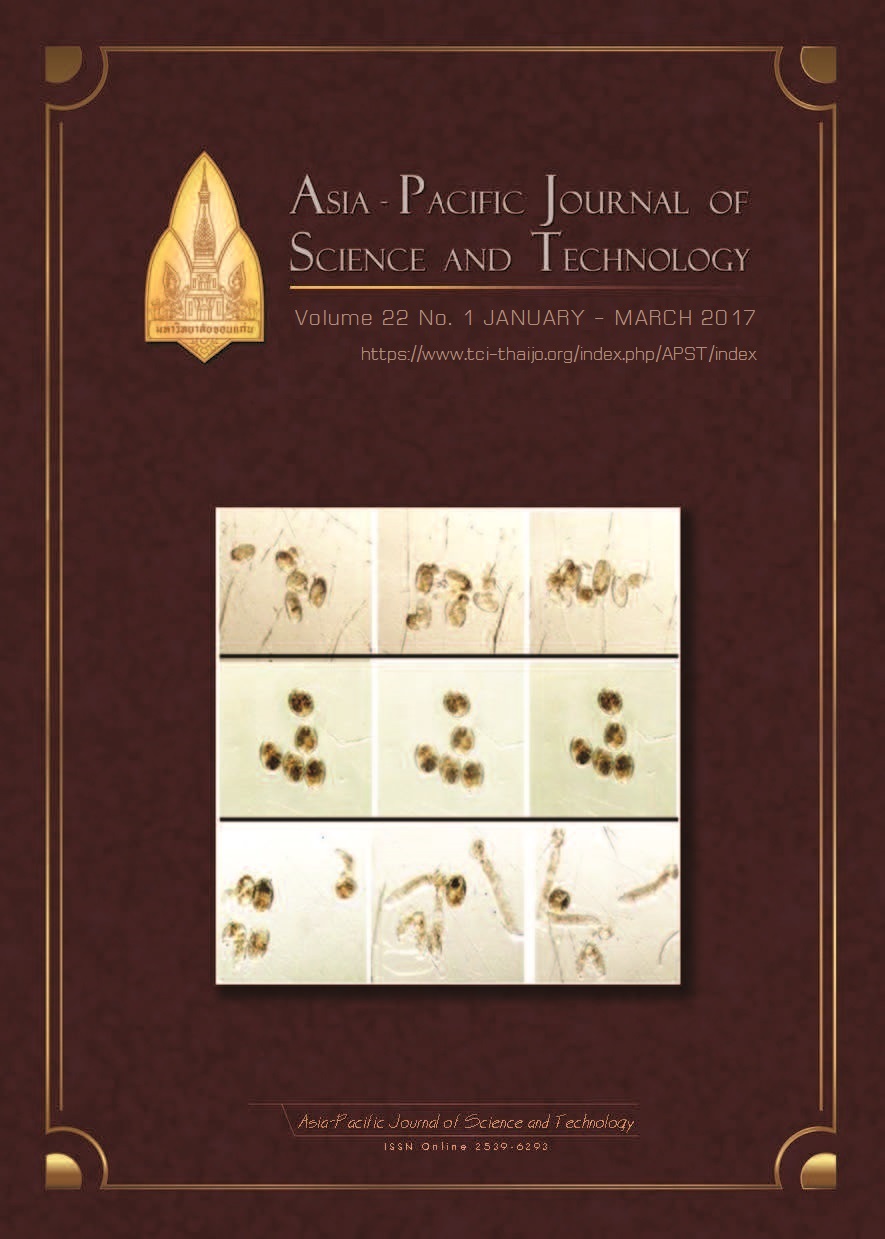Soil column-based experimental design to assess the impact of compost and vermicompost amendments on maize biomass
Main Article Content
Abstract
Most experiments measuring the positive impacts of organic matter (OM) amendments on plant water stress were conducted in pots and did not take into account the vertical extension of the plant root system. Our goal was to build an experimental setup to mimic the geometry of organic amendment distribution relative to plants, i.e. amendments mixed in the top layer (0-10 cm) while most of the roots developed below this layer. We had two objectives. They were: (i) to test our soil water monitoring instruments, and, (ii) to check if a promoting effect of OM amendments on the growth of maize (Zea mays L.) plants was possible in soil columns. The PVC columns (60 cm high, 20 cm diameter) were filled with a loam soil. The organic amendments were mixed with the top layer at a rate of 20 t/ha. We controlled 3 variables. These were: the type of organic amendments (compost vs. vermicompost), amount of fertilizer (high/low amount) and soil compaction (high/low). Water stress was induced by gradually letting the soil dry to 50 % of its field capacity. Plant growth and soil water status were measured simultaneously during 6 weeks of trials. At the end of the experiments, biomass above and below ground was measured. In the presence of OM compared to its absence, plant height and the proportion of the plant biomass above ground were significantly higher, approximately two-fold greater. Despite similar soil porosity in the control and vermicompost columns, the latter had significantly higher growth. Our experiments showed that the changes in soil water content were associated with differences in plant development. A very strong promoting effect of OM was measured, but no differences were observed between the compost and vermicompost.
Article Details
References
[2] Su, L.L., Ta, Y.W., Pei, N.L., Katrina, P.Y.S., 2015. The use of vermicompost in organic farming: Overview, effects on soil and economics. Wileyonlinelibrary.com. Journal of the Science of Food and Agriculture 95, 1143-1156.
[3] Doan, T.T., Tureaux, T.H., Rumpel, C., Janeau, J.L., Jouquet, P., 2015. Impact of compost, vermicompost and biochar on soil fertility, maize yield and soil erosion in Northern Vietnam: A three years mesocosm experiment. Science of the Total Environment. 514, 147-154
[4] Ferreras, L., Gomez, E., Toresani, S., Firpo, I., Rotondo, R., 2006. Effect of organic amendment on some physical, chemical and biological properties in a horticultural soil. Bioresource Technology 97, 635-640.
[5] Hadi, M.R.H.S., Darz, M.T., Ghandehari, Z., Riazi, G., 2011. Effects of vermicompost and amino acids on the flower yield and essential oil production from Matricaria chamomile L. Journal of Medicinal Plants Research 5, 5611-5617.
[6] Joshi, R., Vig, A.P., Singh, J., 2013. Vermicompost as soil supplement to enhance growth, yield and quality of Triticum aestivum L: A field study. International Journal of Recycling of Organic Waste in Agriculture 2, 1-16.
[7] Romaniuk, R., Giuffre, L., Romero, R., 2011. A soil quality index to evaluate the vermicompost amendment effects on soil properties. Scientific research, Journal of Environ mental Protection 2, 502-510.
[8] Suthar, S., 2009. Impact of vermicompost and composted farmyard manure on growth and yield of garlic (Allium stivum L.) field crop. International Journal of Plant Production3 1, 27-38.
[9] Eijikelkamp. Mamual for TRIME-PICO 64/32; I:\publik\TECH_MAN\PICO 64_32\InterneBearbeitung\2009-09-25_TRIME-PICO64-32 manual_engl_KAK .doc.
[10] Pacific seeds (Thai) Ltd., 2009. Maize seeds for feeding animal hybrid variety Pacific 999 supper. (Thai).


